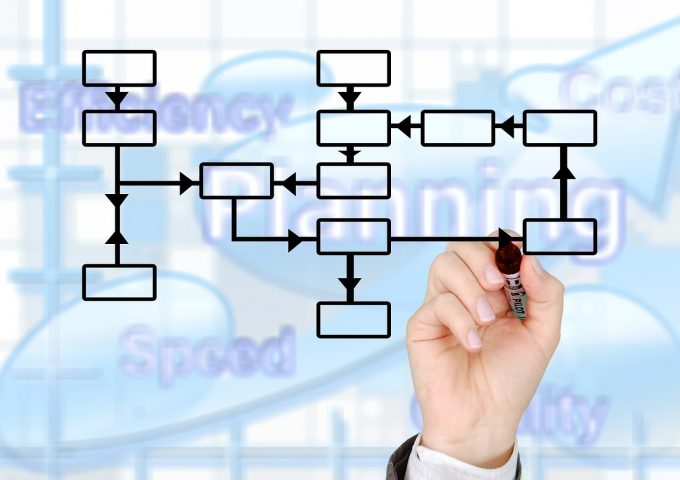Stages of Software Development (SDLC)
It’s pretty evident that technology is accelerating at a rapid pace and humans are becoming further dependent on it for every purpose. Software Development Life Cycle (SDLC) is a framework that defines the steps involved in the development of software at each phase. Purpose of SDLC is to deliver a high-quality product which is as per the customer’s requirement.
As the world became more and more dependent on technology with each passing day, software automatically became an important organ for development The SDLC ensures that project development is sufficiently integrated to provide adequate security in the resulting system or application. The system development process, also known as the system development life cycle, is a term used in the development of software where a set of methodical processes, activities, or phases are used to develop and implement a system.
What is system development life cycle?
The system development life cycle is a project management model that defines the stages involved in bringing a project from inception to completion. Software development teams, for example, deploy a variety of system development life cylce models that include waterfall, spiral and agile processes.
Prizeless Technologies aims to produce high quality systems that meet or exceed customer expectations, based on customer requirements, by delivering systems which move through each clearly defined phase, within scheduled time-frames and cost estimates. Agile methodologies, such as Scrum, focus on lightweight processes which allow for rapid changes along the development. Prizeless Technologies adheres to important phases that are essential for our developers such as planning, analysis, design and implementation. Our processes are designed to ensure end-state solutions meet user requirements in support of business strategic goals and objectives.
1. Planning
- The purpose of this phase is to find out the scope of the problem and determine solutions. Resources, costs, time benefits and other considered here.
2. Analysis
At this point, the end-user requirements have been clearly formulated. Feasibility studies may be carried out to analyze the economic and technical impacts of the project. During this phase, all the relevant information is collected from the customer to develop a product as per their expectation. Any ambiguities must be resolved in this phase only. The major objectives of systems analysis are to find answers for each business process:
- What is being done?
- How is it being done?
- Who is doing it?
- When is he doing it?
- Why is it being done?
- How can it be improved?
It is more of a thinking process and involves the creative skills of the System Analyst. It attempts to give birth to a new efficient system that satisfies the current needs of the user and has scope for future growth within the organisational constraints. The result of this process is a logical system design. System analysis is an iterative process that continues until a preferred and acceptable solution emerges.
3. System Design
The design phase comes after a good understanding of customer's requirements, this phase defines the elements of a system, the components, the security level, modules, architecture and the different interfaces and type of data that goes through the system. The two primary activities involved in the design phase are as follows:
(i) Designing of IT infrastructure
(ii) Designing of system model
4. Development & Implementation
This is the only stage in the development where program code is written. The designs and specifications provide enough detail for the programmer to code and test individual modules. Each unit is tested to ensure that it meets the requirements of the specification. Work can be divided among multiple teams of programmers to speed up the system development. Proper design includes the development and processing of test data to ensure that all parts of the system can speak to each other.
5. Testing & Release
Testing starts once the coding is complete and the modules are released for testing. In this phase, the developed software is tested thoroughly and any defects found are assigned to developers to get them fixed. This cycle is repeated until all requirements have been tested and all the defects have been fixed and the software is ready to be shipped. There’s also a final testing phase before the software is implemented. In this stage, we bring in a group of users to test the product and give us feedback. User testing is important because it helps uncover issues that may not be obvious to our developers.
6. Deployment & Maintenance
Once the software has been fully tested and no high priority issues remain in the software. It is time to deploy to production where customers can use the system. Once the system is deployed, and customers start using the developed system, following 3 activities occur
- Bug fixing - bugs are reported because of some scenarios which are not tested at all
- Upgrade - Upgrading the application to the newer versions of the Software
- Enhancement - Adding some new features into the existing software
Software Development Life Cycle consists of a complete plan explaining the way to develop, maintain and replace specific software system. If you have a situation at your organisation and you think a customised software solution may be what you need, contact us today. Prizeless Technologies Team will be able to quickly guide you through each of these steps, ensuring you can have your new system online as soon as possible.





